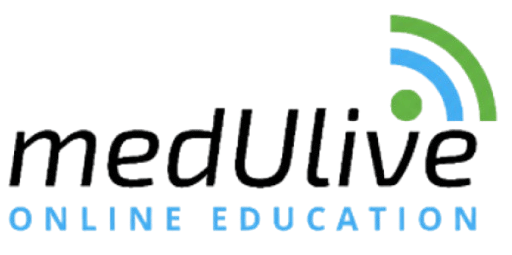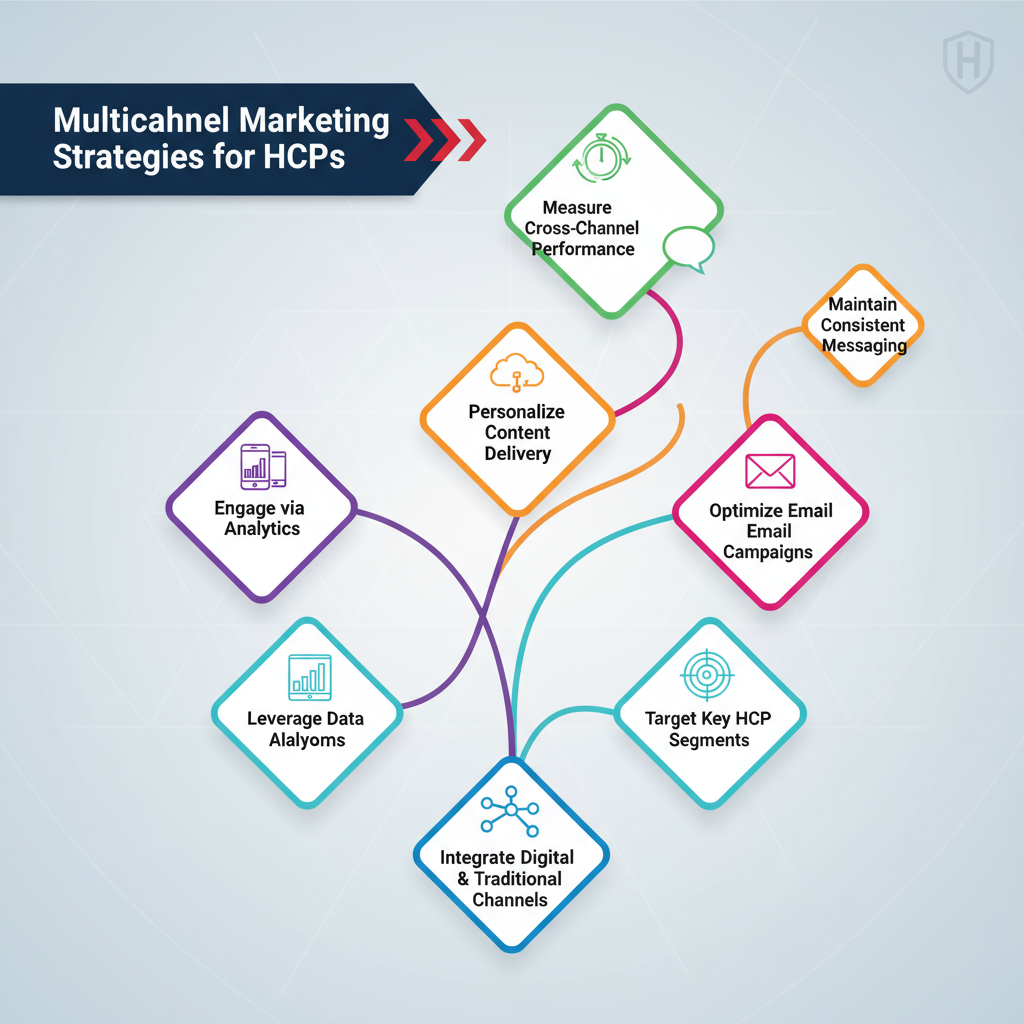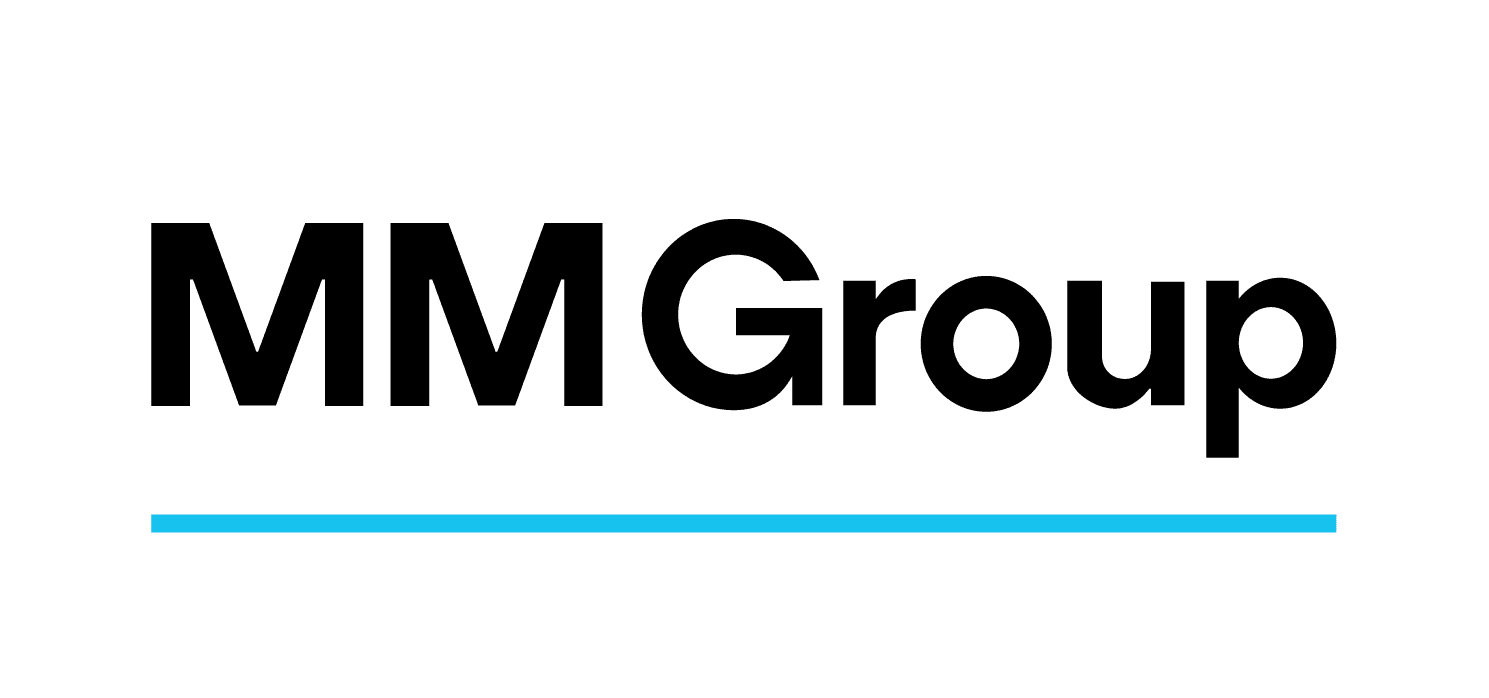Back to Blog
HCP Marketing
Featured
Understanding HCP Behavioral Patterns for Better Engagement
Insights into healthcare professional decision-making processes and communication preferences to create more effective marketing strategies.

Understanding HCP Behavioral Patterns for Better Engagement
Insights into healthcare professional decision-making processes and communication preferences to create more effective marketing strategies and meaningful professional relationships.
The Science of HCP Behavior
Healthcare professionals operate within complex decision-making frameworks influenced by clinical evidence, patient needs, professional guidelines, time constraints, and peer interactions. Understanding these behavioral patterns is crucial for developing effective engagement strategies.
Core Behavioral Drivers
Clinical Evidence Prioritization
Peer-reviewed research** as primary influence source Real-world evidence** validation for practical application Guideline compliance** and standard-of-care adherence Safety profile** consideration in all decisions
Professional Network Influence
Colleague recommendations** and peer validation Key Opinion Leader** insights and expertise Professional association** guidance and resources Institutional protocols** and policy alignment
Time and Efficiency Factors
Information accessibility** and ease of consumption Relevance to current** practice and patient population Implementation feasibility** within existing workflows Cost-effectiveness** considerations for patients and practice
Communication Preference Patterns
Information Consumption Habits
Mobile-first** content consumption during breaks Email preferences** for detailed professional information Social media** usage for peer networking and news Conference attendance** for comprehensive learning experiences
Channel Effectiveness
Face-to-face interactions** for complex discussions Digital platforms** for quick reference and updates Print materials** for detailed reference documentation Video content** for visual learning and demonstrations
Timing Sensitivity
Early morning** engagement for planning purposes Lunch breaks** for continuing education content Evening hours** for research and detailed reading Weekend time** for professional development activities
Decision-Making Frameworks
Evidence Evaluation Process
Source credibility** assessment and validation Study methodology** quality evaluation Sample size** and population relevance Conflict of interest** identification and consideration
Risk-Benefit Analysis
Patient safety** as primary consideration Efficacy expectations** based on evidence Side effect profiles** and management strategies Cost implications** for patients and healthcare systems
Implementation Considerations
Workflow integration** requirements and challenges Training needs** for new procedures or treatments Resource availability** and infrastructure requirements Patient acceptance** and adherence likelihood
Behavioral Segmentation Models
Specialty-Based Patterns
Primary care** focus on comprehensive patient management Specialist** emphasis on specific therapeutic areas Academic physicians** interest in research and innovation Hospital-based** considerations for institutional protocols
Career Stage Influences
Early career** openness to new approaches and learning Mid-career** emphasis on efficiency and proven methods Senior physicians** preference for established practices Near retirement** focus on patient safety and simplicity
Practice Setting Variations
Private practice** autonomy in decision-making Hospital employment** institutional guideline adherence Academic medical centers** research and education focus Community health** resource optimization priorities
Digital Behavior Analysis
Online Research Patterns
Medical databases** for clinical evidence review Professional websites** for continuing education Peer networks** for informal consultation Patient education** resource identification
Content Engagement Metrics
Dwell time** on different content types Download behavior** for reference materials Sharing patterns** with colleagues and networks Follow-up actions** after content consumption
Platform Preferences
LinkedIn** for professional networking Medscape** and similar platforms for medical news Specialty-specific** forums and communities Institution portals** for official communications
Influence Mapping and Networks
Peer Influence Dynamics
Opinion leader** identification within networks Informal advisor** relationships and consultations Mentorship connections** and guidance seeking Collaborative decision-making** processes
Information Flow Patterns
Formal channels** through professional associations Informal networks** among colleagues and peers Digital communities** and online professional groups Conference interactions** and relationship building
Trust Building Factors
Consistent messaging** across multiple touchpoints Transparency** in information provision Scientific rigor** in evidence presentation Professional respect** for autonomy and expertise
Engagement Optimization Strategies
Personalization Approaches
Specialty-specific** content and messaging Career stage** appropriate information depth Practice setting** relevant implementation guidance Geographic considerations** for local practice patterns
Value Proposition Development
Educational benefits** and learning opportunities Efficiency improvements** for clinical practice Patient outcome** enhancement potential Professional development** support and resources
Communication Timing
Optimal send times** for different channels Frequency preferences** to avoid information overload Urgency indicators** for time-sensitive communications Response timing** expectations and acknowledgment
Behavioral Change Facilitation
Adoption Process Support
Awareness building** through multiple touchpoints Interest development** with relevant evidence Evaluation assistance** with decision-support tools Trial facilitation** with implementation resources
Barrier Identification and Removal
Time constraints** mitigation strategies Information overload** prevention and management Technical challenges** support and assistance Resistance sources** identification and addressing
Reinforcement Mechanisms
Positive outcome** highlighting and celebration Peer success** stories and case studies Ongoing support** for sustained adoption Continuous improvement** feedback and implementation
Measurement and Analytics
Behavioral Metrics
Engagement frequency** and consistency Content interaction** depth and duration Response rates** to different communication types Conversion indicators** from awareness to action
Preference Evolution
Channel preference** changes over time Content type** effectiveness variations Timing optimization** based on response patterns Message resonance** analysis and refinement
Predictive Modeling
Likelihood to engage** with specific content types Optimal timing** for maximum receptivity Channel effectiveness** prediction for individuals Content preference** evolution forecasting
Ethical Considerations
Professional Respect
Autonomy preservation** in decision-making processes Professional judgment** recognition and support Evidence-based** approach to all communications Transparency** in motivations and objectives
Privacy Protection
Data collection** consent and transparency Information usage** clarity and limitation Anonymization** when aggregating behavioral data Opt-out mechanisms** and preference management
Value Creation Focus
Educational benefit** prioritization over promotional goals Professional development** support and enhancement Patient care** improvement as ultimate objective Mutual benefit** in all engagement activities
"Understanding HCP behavioral patterns is not about manipulation—it's about creating more relevant, valuable, and respectful professional interactions that ultimately serve the goal of better patient care."
Conclusion
Understanding healthcare professional behavioral patterns enables more effective, respectful, and valuable engagement strategies. Success requires deep analysis of decision-making processes, communication preferences, and professional motivations, combined with ethical application of insights to create mutually beneficial relationships that advance patient care and professional development.










.jpg)